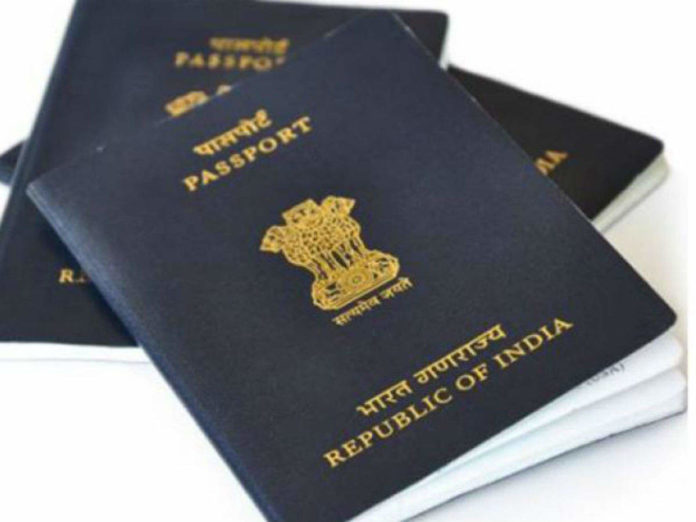Aside from the Vande Bharat Mission, the Director-General of Civil Aviation (DGCA) has suspended planned commercial flights until June 30. India has established air bubbles with 28 nations, but foreign travel is still prohibited for the most part.
This season, your options are limited to Russia, Ukraine, Egypt, and potentially South Africa from the Commonwealth of Independent States (CIS). These are some of the countries that have maintained their doors open to Indian visitors with few limitations on travel.
In addition, due to the recent increase in COVID-19 instances, various nations around the world have imposed travel bans on India. Even if the Indian government allowed international leisure travel, these destinations would remain closed to Indian visitors.
Several countries are now welcoming international visitors, with testing and quarantine procedures in place. Once the Indian government relaxes the rules for non-essential international travel, Indian travelers would visit any of them.
Considering that, depending on the destination you’re returning from, quarantine and airport testing may be required.
Russia
Russia is one of the few countries that allows Indians to visit on tourist visas. There are currently just a few flights available. Arriving visitors to Russia will be subjected to health screenings and will be required to self-isolate until their RT-PCR test results are negative. Within three days after arriving, they can get themselves tested. When you board the flight, a negative RT-PCR test is also required. The examination must be completed within 72 hours of boarding, and the report must be written in either English or Russian.
Egypt
Although visitors from countries where a particular variety is of concern (such as India’s B.1.617.2 variant) would be required to perform a quick DNA test upon arrival, Egypt is effectively available to tourists. If they are discovered to be positive, they can either return or be quarantined for 14 days.
South Africa
South Africa does not currently impose any travel restrictions on Indian visitors. However, both flight and port entries are now limited. All travelers, including transit passengers, must have a negative RT-PCR test 72 hours before arrival, as is customary. If a person does not have a suitable verified test, they will be placed in quarantine for ten days at a government-run institution.
According to IATO’s Rajiv Mehra, India’s pandemic management will be its primary test when it comes to overseas travel restrictions.”Until India’s daily caseload falls below one lakh, all countries will hold off. Cases of black fungus are becoming a major setback as well. Outbound traffic is unlikely to improve before July or August. In terms of international visitor arrivals in India, this is likely to improve next year, if not sooner, “Said he.
According to the IATO, the inbound tourism industry lost about Rs 2 lakh crore in direct losses between March 31, 2018, to March 31, 2021. The indirect loss is estimated to be worth over Rs 6 lakh crore.
In terms of outbound, the industry believes that the economy will lose 15 lakh crore.” Those who have been vaccinated or who have ‘vaccine passports’ should be allowed to travel as a first step,” said Subhash Goyal, Chairman of STIC Travel.
In response to Bharat Biotech’s Covaxin, which has yet to be approved by the World Health Organization, Goyal stated that countries that rely on Indian tourists, such as the UAE, will have to grant their consent, especially because they previously approved entrance based purely on negative RT-PCR test findings.
Leaders in the tourism industry have pushed the Centre to expedite the WHO clearance process. They’ve also asked the government to make it easier for vaccinated foreigners to enter India by not requiring negative RT-PCR results.
When asked about incoming tourism, Subhash Goyal remarked, “The year 2021 has been ruled out. However, we expect international tourists to begin arriving in January of next year if the situation improves unless there is a third wave. We will have to learn to live with this condition in the end.”
